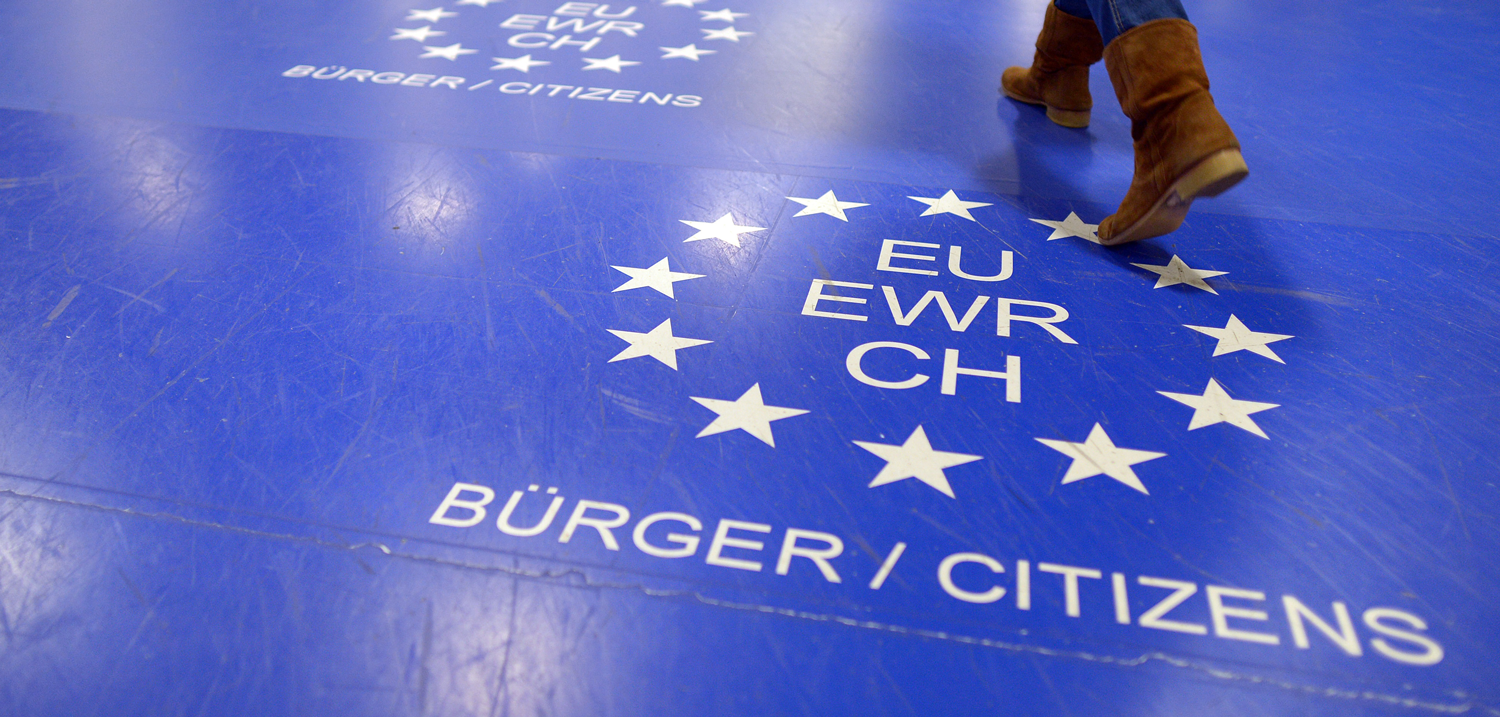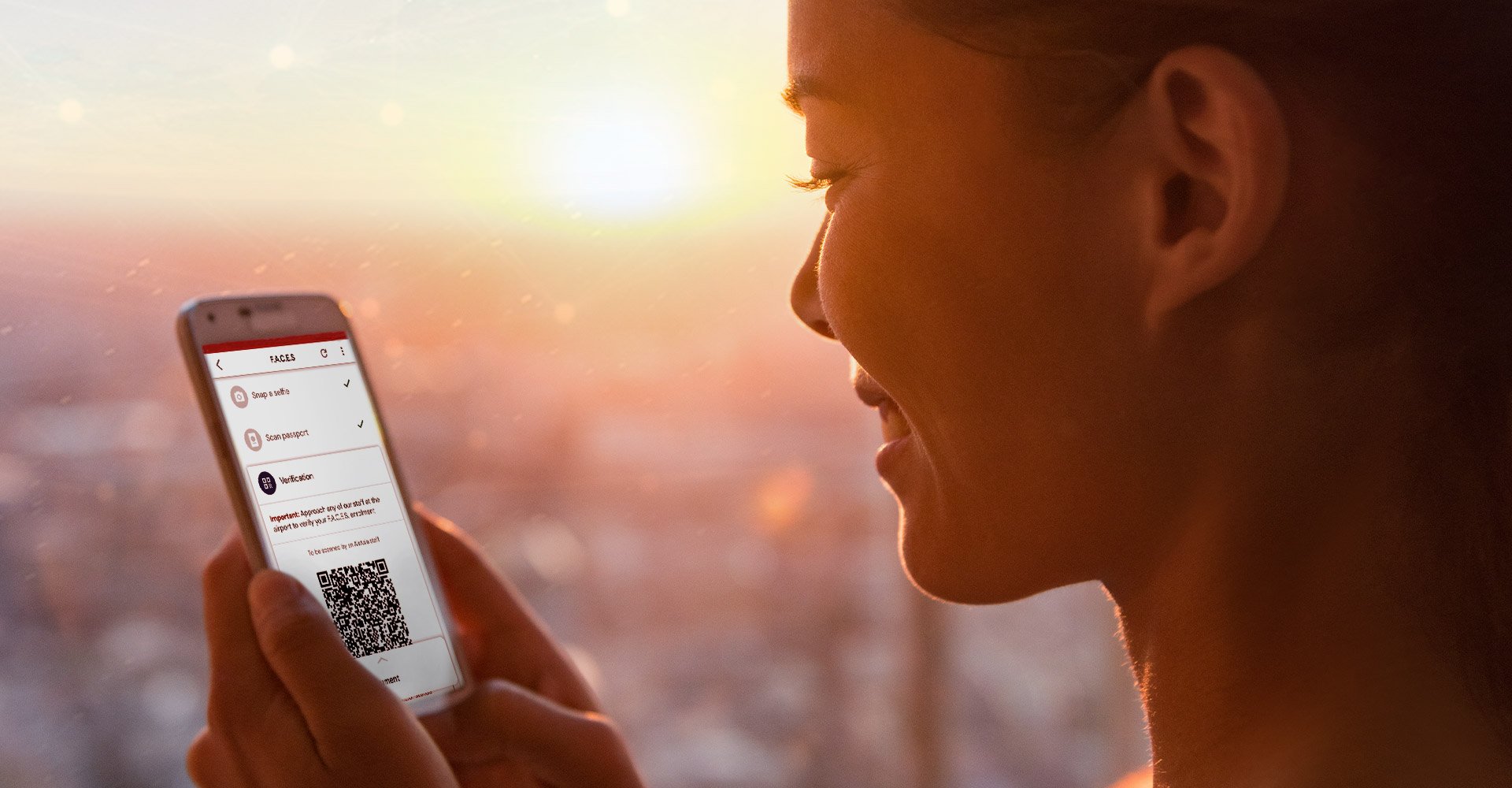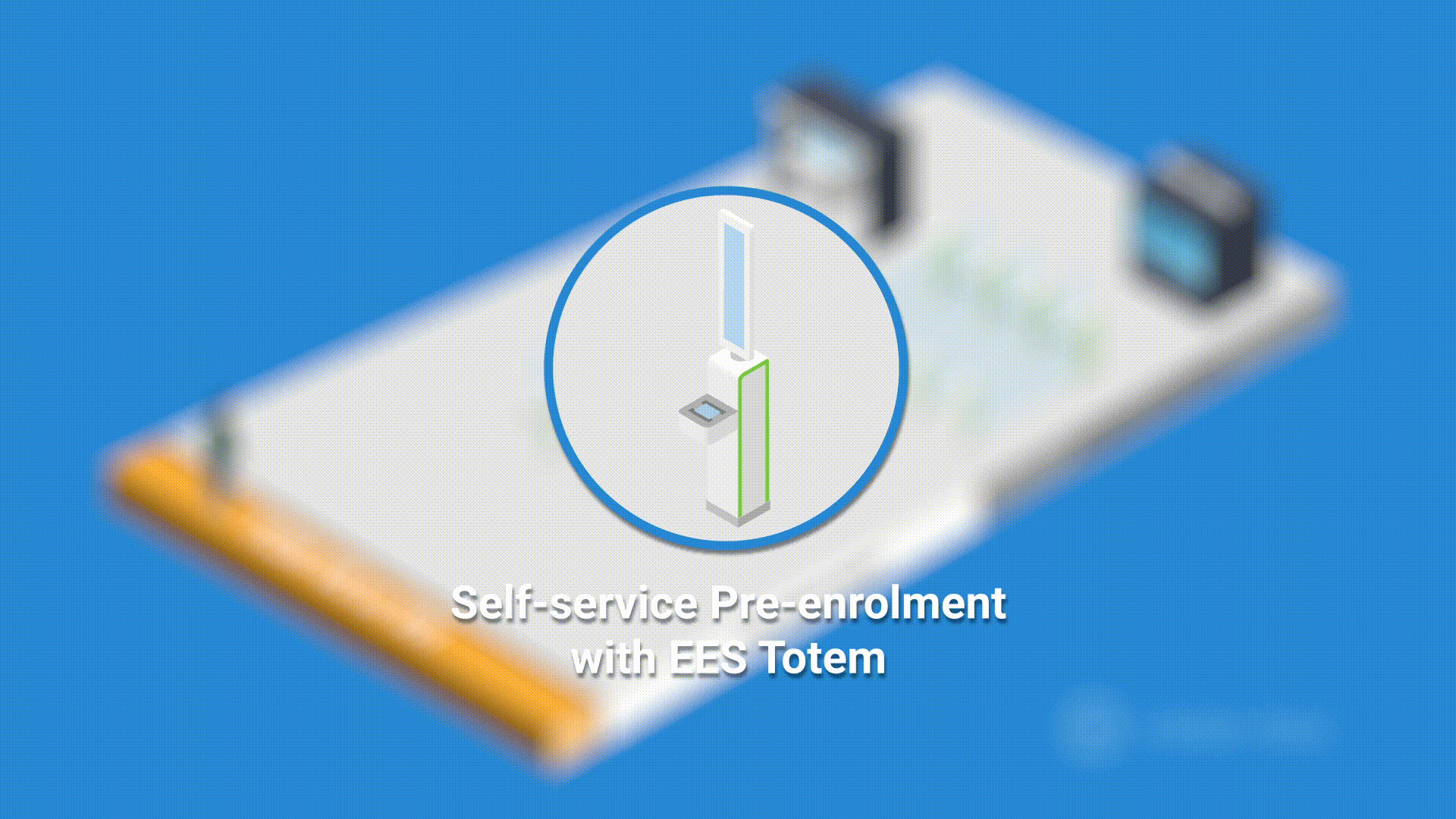Touchless Technology & Seamless Travel Experiences in the COVID Era
As the global impact of COVID-19 continues to mount pressure on public services, businesses and individuals in every corner of the world, our growing understanding of coronavirus transmission and promising vaccine developments provide a long-overdue sense of optimism and progress.
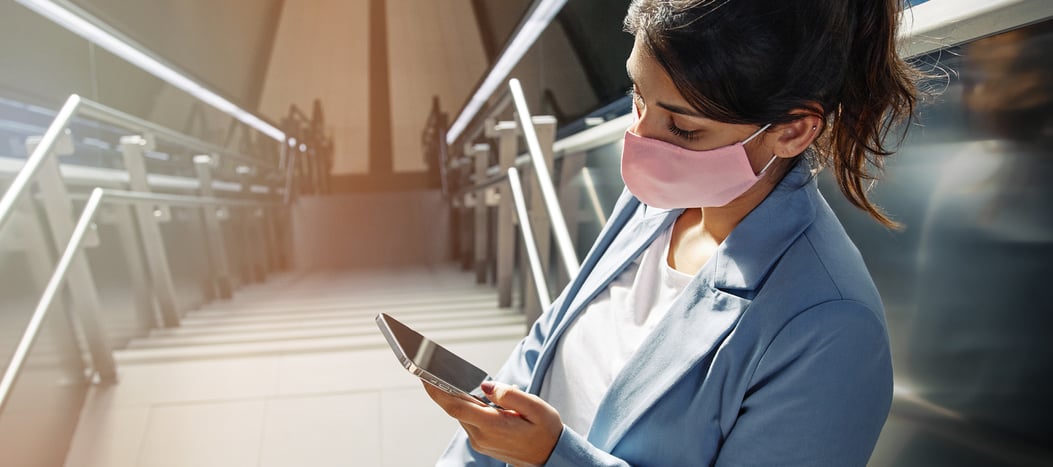
The travel sector has had time to implement technologies and policies to streamline the flow of travellers across air, land and sea by minimising physical touchpoints and human-to-human contact. With global travel and tourism contributing $2.9 trillion to the world’s GDP in 2019, and the pandemic threatening over 2.7 million jobs in the airline sector alone, getting the travel industry back on its feet is critical.
So, how can border agencies, airports, airlines, and even cruise ship carriers embrace contactless technologies to promote safe travel, deliver seamless customer journeys, and boost confidence in the COVID era?
Join us as we explore how Vision-Box’s long-standing mission to create a world where individuals choose to use automation and their biometric identity to simplify their lives is more important than ever.
Contactless Biometric Identity Solutions
Advances in biometric identification technologies hold the key to delivering seamless experiences where travellers can simply walk through a series of virtual gates, without the need to physically interact with human operators or kiosks.
Biometric identification provides a safe and enjoyable customer journey while simultaneously enhancing security. Processing passengers using facial recognition frees-up time for border guards to assess traveller behaviour and identify unusual patterns that might indicate a dangerous or illegal individual. While safety and hygiene are particularly important in these challenging times, maintaining and advancing rigorous security standards remains paramount.
Vision-Box’s Head of Product Management and Market Intelligence, Alessandro Minucci, explains how the future of travel involves using biometrics to fundamentally change the relationship between traveller flow and security. The increased reliability of comparing millions of computer-readable data points versus a human operator looking at a photograph gives authorities confidence that a person is who they say they are.
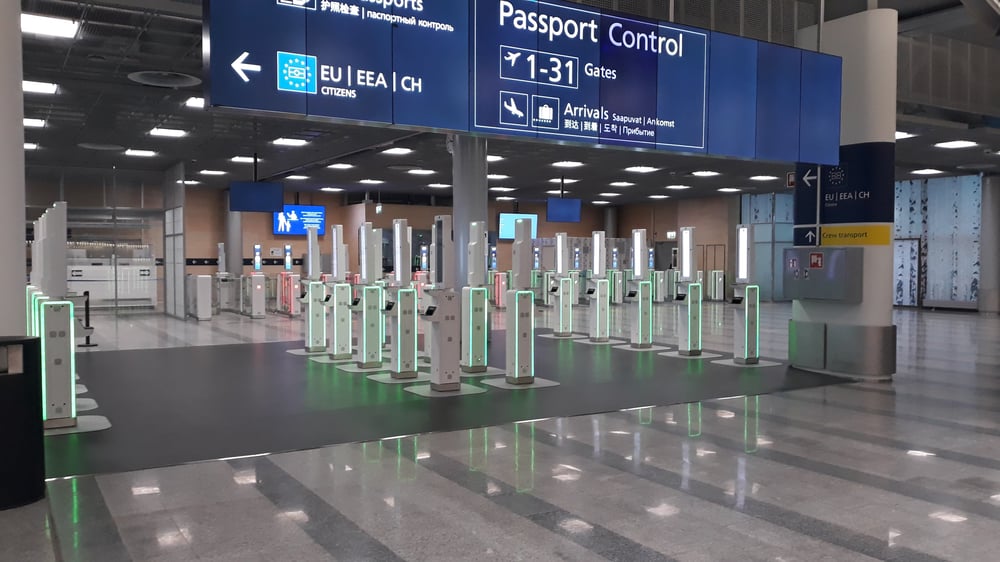
Automation & Seamless Journeys
Whether it’s using self-service check-in to avoid face-to-face contact with airline staff or entering the Schengen Zone using the EU Commission’s Entry/Exit System (EES), combining biometrics with automation provides a frictionless end-to-end experience. The ability to validate an individual’s identity without human interaction and use automated gates to manage the flow of travellers helps to avoid unnecessary congestion and significantly reduce human contact.
The main challenges associated with automation and seamless travel are coordinating multiple layers and ensuring everything works in harmony. The physical hardware at a border crossing must synchronise seamlessly with identity management systems to avoid frustrating delays or potential security breaches.
Automated border controls must also ensure on-site data centres are up-to-date and capable of operating in the event of a network failure to maintain a steady and consistent flow of travellers. Reliable systems are more important than ever during the pandemic to avoid border bottlenecks which can lead to clustering and a high concentration of travellers in a confined space.
Touchless Mobile Interactions
One of the most exciting areas for touchless technology in the travel sector is the use of mobile devices to interact with security systems. Instead of relying on physical hardware and shared touchscreens for travellers to input data, sign forms and share paperwork, mobile devices provide a safe and hygienic connection between travellers and central systems.
Alessandro Minucci describes a future in which a “mobile ecosystem will eventually replace traditional devices”, and to enable that, travellers will be able to use their smartphones to interact with physical touchpoints, like self-service kiosks.
Vision-Box can offer customers bespoke web apps that travellers access through mobile browsers to turn their smartphone into their very own trackpad. Not only does this provide a more hygienic and convenient solution for travellers, but it also helps border agencies process the growing number of international travellers, without expanding the physical footprint of immigration halls.
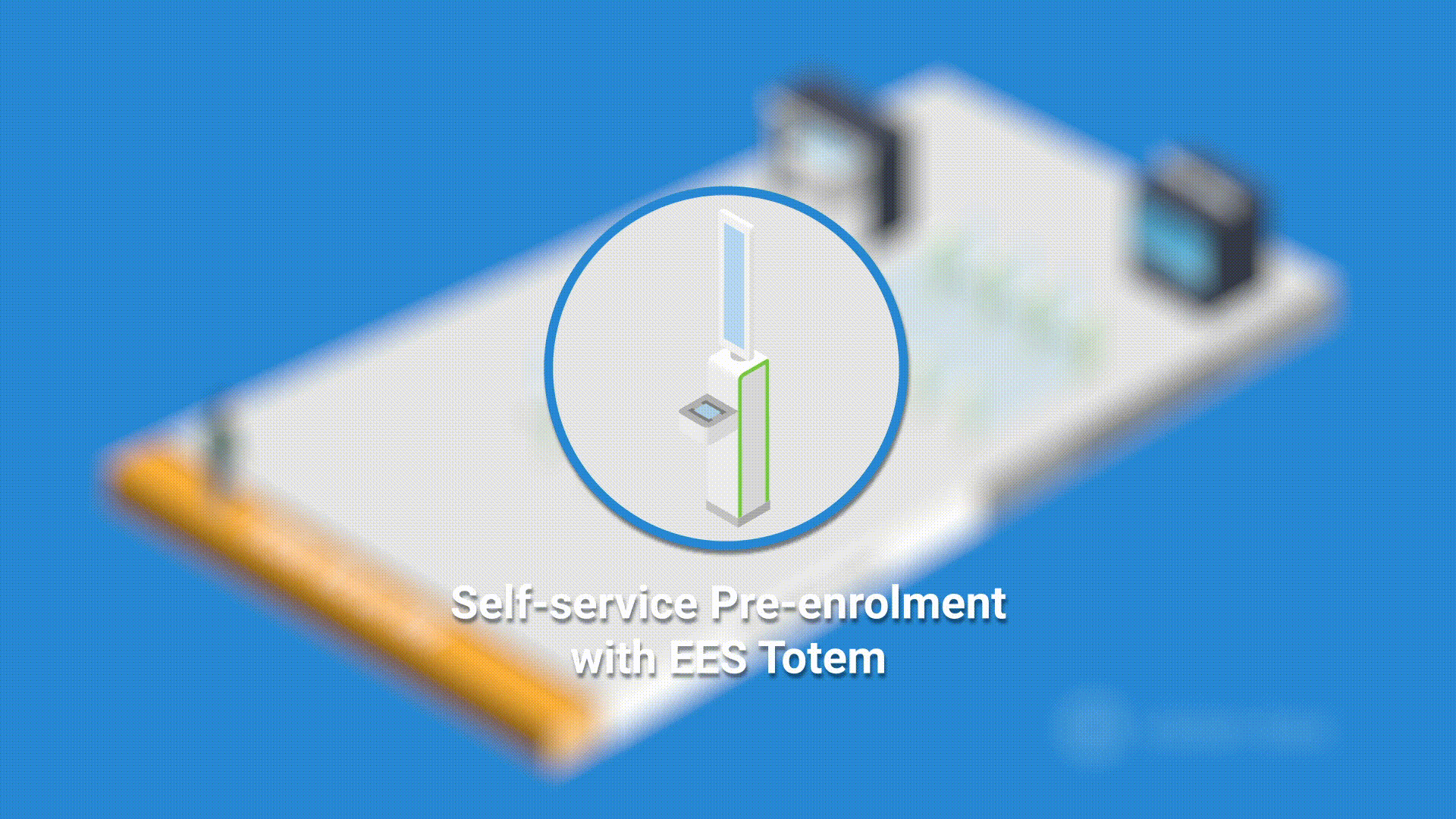
Touchless experience with mobile trackpad - Vision-Box’s EES Totem offer for the Smart Borders package.
Hygiene & Cleaning Recommendations for Safe Travel
When touchless experiences aren’t possible, maintaining and cleaning hardware with the correct sanitisation products is vital to minimise viral transmission.
Vision-Box provides all customers with clear guidelines about what cleaning products should be used in different scenarios, how to use them and how frequently cleaning should take place. We use rigorous testing to identify the best products for specific machinery and to avoid the use of harsh chemicals that could cause long-term damage to expensive equipment.
Developing a regular cleaning schedule and providing clear hygiene instructions to travellers is more important than ever to manage the spread of coronavirus in public spaces.
The Role of Design Thinking to Deliver Customer-Centric Journeys
A 2020 report by Deloitte claims the travel sector “must challenge traditional orthodoxies on customer expectations” to “prepare for the post-COVID-19 world”.
The key to realigning customer expectations and creating comfortable traveller experiences in the COVID era is to embrace customer-centric design. Listening to their concerns and taking time to understand why people may act differently is vital to design coherent and intuitive systems that work in harmony with humans.
So-called ‘design thinking’ refers to the confluence of people, systems and processes to encourage consistent, scalable and predictable behaviour. Whether it’s using simple stickers on the floor to help travellers maintain social distance or using sounds and visual graphics to provide satisfying experiences at e-gates, designing around the human experience is critical to maintaining a smooth operation.
Now more than ever, customers want to feel understood and valued. Embracing intuitive design and communicating additional hygiene standards is necessary to build traveller confidence and help the entire industry regain strength.
The Next Frontier of Travel
Touchless technologies in the travel sector are something Vision-Box has been championing for over fifteen years.
Vision-Box’s commitment to harnessing the power of automation and biometrics represents a steadfast mission to improve people’s lives by delivering seamless and frictionless experiences. The pandemic provides a pertinent example of why ‘no-touch technologies’ are so important for the future of travel and reinforces the case for retrofitting outdated hardware and implementing cutting-edge software to streamline the flow of travellers across air, land and sea.
Explore the world of Smart Borders with us:
Publish date: December 2020


